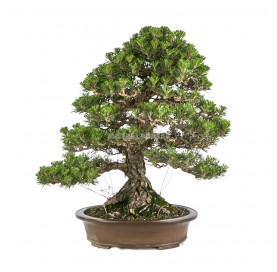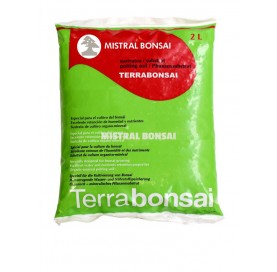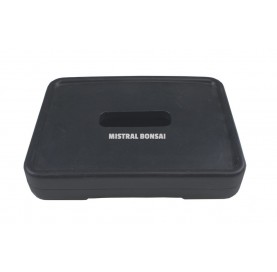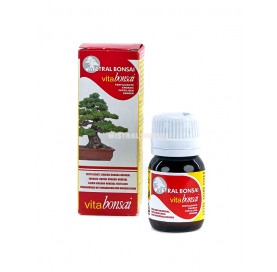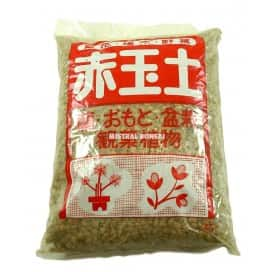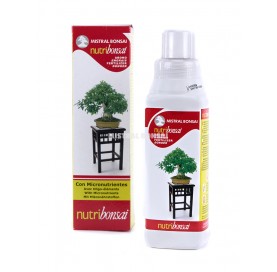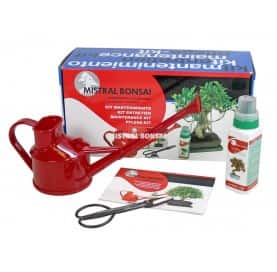Bonsai Specimen Pinus thunbergii ‘Kotobuki’. Japanese black pine
This Bonsai Specimen of Pinus thunbergii ‘Kotobuki’, styled in Moyogi, features cracked mature bark, well-structured branching and the classic power of Japanese black pines. A compact, powerful tree ideal for collectors of conifers.
Due to its volume, this product requires a shipment by a specialised agency. Free delivery is not available for this product.

Find answers to the most frequent questions with our technical team.

Check where we ship and conditions here

The VAT corresponding to the country of destination will be applied.
This Bonsai Specimen of Pinus thunbergii ‘Kotobuki’ has been shaped in the Moyogi (informal upright) style. Its powerful, aged trunk with fissured bark, and its well-formed branch structure in tiers, give it a refined classical look. This tree is cultivated outdoors and comes from Japan.
Habitat: Outdoor
Origin: Japan
Style: Moyogi (informal upright)
Approximate nebari diameter: 27 cm
Pot type: Stoneware
Approximate pot size: 46 x 40 x 11 cm
Approximate bonsai dimensions (including pot): 78 x 70 x 58 cm
The Bonsai Specimen section is composed only of bonsais that meet a number of characteristics that make them exceptional: high aesthetic value, artistic shaping, size, uncommon species, author's work, specific shaping techniques, dynamism, age, or expressive power.
Note: The images and measurements shown in the Bonsai Specimen section correspond to the actual item you will receive. As a living being, the tree's appearance may change with the seasons. All dimensions include the pot.
Data sheet
- Genus
- Pinus
- Habitat
- Outdoor
- Leaf type
- evergreen
- Level of care
- Medium
Family
Pinaceae
Fertilisation
Spring and autumn. It’s preferable to use organic fertilizers which favour and preserve the mycorrhizae.
Transplant
Every 3 years, at the moment of budding and before the opening of the needles within the buds. In our Mediterranean zone this is in the middle of March.
Substrate
100% Kiryuzuna, or mixed with 50-70% of Akadama.
Pruning
To be done in the coldest months of the year. Leave needles and leaf buds on the branches otherwise they will dry.
Nipping
As needles appear, pinch back overgrown shoots. In the growing season, remove long main shoots, trim one-third to half of this year’s new candles.. In late summer or early autumn, remove old needles and crowded twigs to let in light.
Fencing
From October to March. It’s recommended to use copper wire because pines are very flexible trees and the wire has to remain for a long time on the tree.
Top sellers
Reviews
No customer reviews for the moment.


